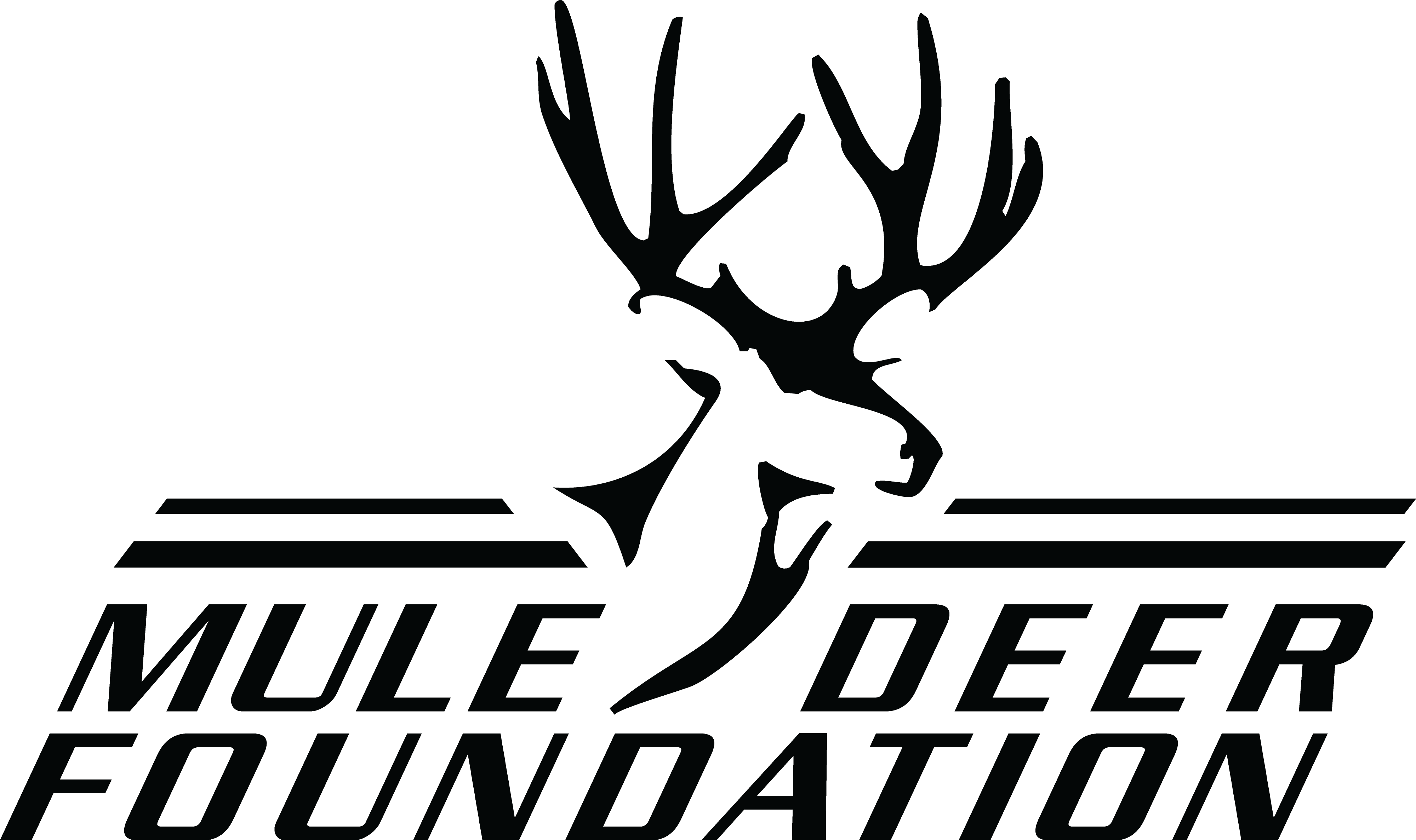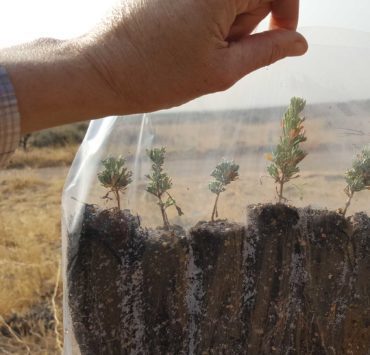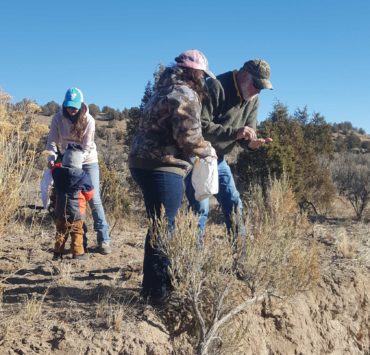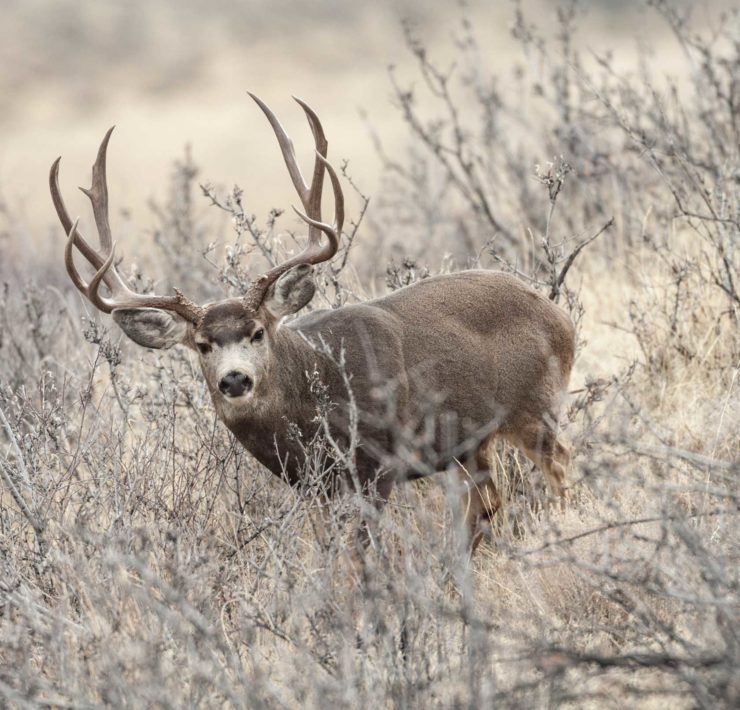America the Beautiful Initiative
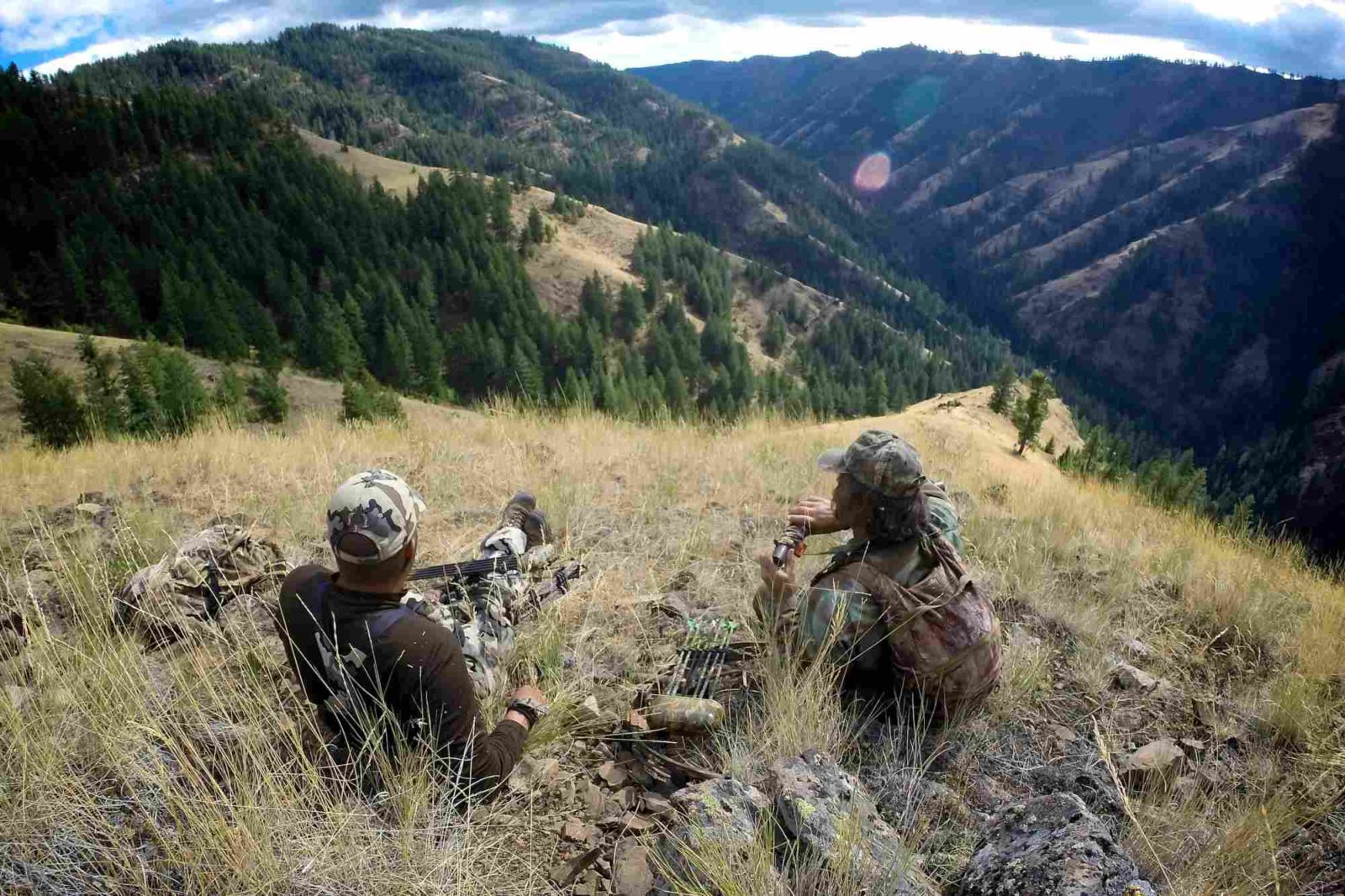
The Mule Deer Foundation is the only conservation group in…
Mule Deer Foundation Appreciates Inclusion of Migration Corridor and Sportsmen’s Priorities in Administration’s America the Beautiful Initiative
Salt Lake City, UT: The Mule Deer Foundation expressed appreciation for the inclusion of many sportsmen’s priorities—in particular provisions supporting big game migration corridors and winter range conservation efforts—within the Administration’s newly released Conserving and Restoring America the Beautiful initiative. The plan released yesterday establishes guiding principles for the implementation of the vision outlined by President Biden in January to conserve 30% of the nation’s lands and waters by the year 2030. The framework specifically recommends expanding collaborative conservation of fish and wildlife habitats and calls for continuing the successful implementation of the Department of the Interior’s big game migration corridor and winter range secretarial order launched in 2018 at MDF’s Western Hunting and Conservation Expo.
“The Mule Deer Foundation has been on the leading edge of implementing habitat conservation and restoration projects on big game migration corridors and seasonal ranges over the last few years and we appreciate the Administration’s recognition of this successful collaborative conservation effort in their America the Beautiful initiative,” commented MDF President/CEO Joel Pedersen. “In addition, the framework’s elements of incentivizing voluntary conservation efforts on private lands, expanding outdoor recreational opportunities, investing in habitat restoration and resilience, and supporting locally led conservation mirror the priorities carried forward to the Administration by the sporting-conservation community.”
The framework released today outlines eight specific principles for implementing the conservation vision and ensuring the effort will be successful with long-lasting benefits. Of primary importance is the need for a collaborative and inclusive process to build consensus on local conservation efforts. In addition, the vision seeks to honor private property rights, encourage voluntary stewardship on working landscapes, and recognize tribal sovereignty, all of which are essential to conserving migration corridors that cross many land ownership boundaries. The final two principles focus on the use of science to guide conservation efforts and building on existing tools and strategies—like the big game migration initiative, State Wildlife Action Plans, migratory bird joint ventures, and Farm Bill conservation programs—that provide flexibility and adaptive approaches to conservation.
“We welcome the opportunity to work with this Administration as they continue to develop the details on how to implement this framework,” concluded Pedersen. “We appreciate that many of the priorities expressed by hunting and angling groups were recognized in their recommendations and look forward to ensuring that the actions meet the ideals expressed in the America the Beautiful initiative.”
The Mule Deer Foundation is the only conservation group in North America dedicated to restoring, improving and protecting mule deer and black-tailed deer and their habitat, with a focus on science and program efficiency. MDF is a strong voice for hunters in access, wildlife management and conservation policy issues. MDF acknowledges regulated hunting as a viable management component and is committed to recruitment and retention of youth into the shooting sports and conservation. Get involved in your state or become a member at www.muledeer.org or call 1-888-375-3337.


